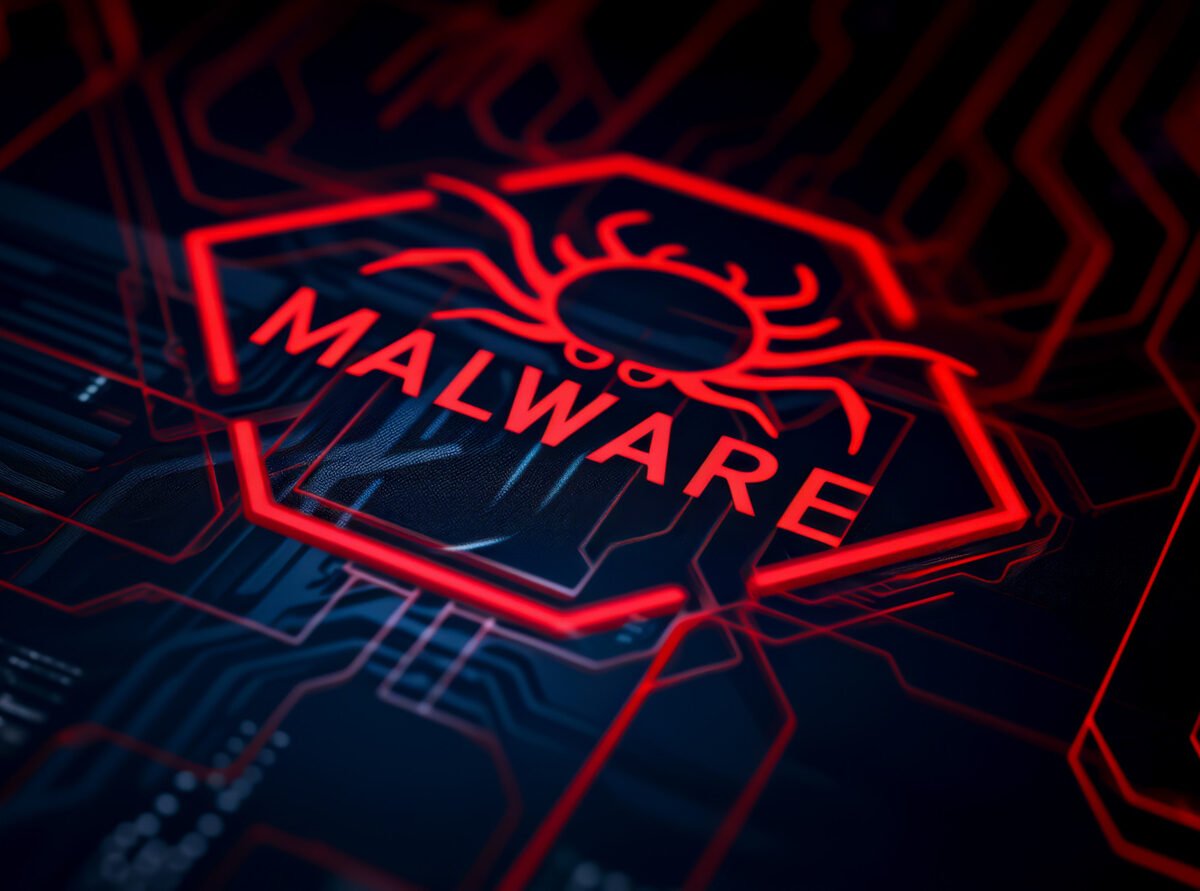Understanding the Landscape of Remote Access Trojans and Malware in 2025
In the evolving world of cybersecurity, Remote Access Trojans (RATs) and Trojans remain central players in the underground ecosystem. These malicious tools are frequently discussed within dark web forums, showcasing their significant role as initial infection mechanisms. As depicted in Figure 1, there is a consistent level of RAT activity across dark web platforms. This figure reflects a comprehensive examination of mentions, marketplace listings, and infection telemetry, illustrating the persistent interest and usage of these tools.
The State of Malware Activity
Comparatively, the general malware landscape exhibits stable activity but witnesses sporadic spikes typically aligned with the release of new stealer kits or ransomware variants. Figure 2 provides insight into this broader malware activity, highlighting the somewhat predictable patterns that emerge amidst the ongoing threat.
Emerging Malware Trends in 2025
As we forge ahead into 2025, we observe a troubling trend: the emergence of innovative malware families. These innovations reflect not only the creativity of threat developers but also the impacts of geopolitical tensions. Here are some notable malware tools making waves in the first half of 2025:
-
Sponsor Backdoor: This particularly malicious software exploits vulnerabilities in Microsoft Exchange (notably CVE-2021-26855) to establish a persistent presence on affected networks, allowing it to exfiltrate sensitive data seamlessly.
-
BUGHATCH Malware: Targeting organizations primarily in the Americas, BUGHATCH takes advantage of vulnerabilities within Veeam Backup & Replication software, deploying additional threats post-infiltration.
-
Destructive Malware Families: Tools such as WhisperGate, FoxBlade, DesertBlade, and CaddyWiper are specifically designed for aggressive cyber operations aimed at critical infrastructure. Their destructive nature—overwriting system files and boot records—serves as a grim reminder of the intersections between state-sponsored attacks and cybercrime.
- ChaosBot: Uniquely crafted in Rust, ChaosBot utilizes Discord for command and control communication, camouflaging its malicious intent within legitimate traffic streams—a testament to the increasing sophistication of cybercriminal tactics.
Sector-Specific Targeting: Who is Most at Risk?
Cybercriminals’ motivations range from profit-driven to ideologically inspired, and these motivations drive their targeting strategies. During the first half of 2025, several vital sectors have been persistently under threat.
1. Technology Sector
The technology sector remains a prime target for cyber adversaries, with threat actors capitalizing on trusted vendor relationships and software supply chains to penetrate deeply into networks. Notably, Bitsight’s data indicates that nearly 46.75% of breaches in 2025 involved tech-related products or services, underscoring the expansive risk associated with interconnected ecosystems. Interestingly, there has been a slight downturn in dark web mentions specific to technology, possibly signaling a shift in focus for attackers.
2. Government and Administration
Public sector entities are under unrelenting scrutiny from both state-sponsored hackers and opportunistic attackers. Data theft and disruption campaigns aimed at ministries and defense establishments reflect the ongoing value attributed to governmental data. Recent telemetry conveys a steady pace of attacks, increasingly leveraging remote-access infrastructure and publicly exposed services.
3. Finance Sector
With a treasure trove of sensitive data, the finance sector remains an alluring target. In 2024 alone, Bitsight reported a staggering 47% increase in attacks against financial institutions, predominantly driven by ransomware and credential theft. Despite enhancements in detection capabilities, attackers continuously refine their techniques, ensuring that financial organizations remain vulnerable.
4. Education Sector
Educational institutions grapple with a surge in ransomware and data theft, largely due to their decentralized IT environments and limited cybersecurity resources. Regular advertisements in underground circles for network access to universities suggest that these institutions are not only prime targets but also serve as testing grounds for cybercriminals.
5. Healthcare Sector
The healthcare industry is particularly susceptible, with Bitsight reporting that 93% of U.S. healthcare organizations experienced at least one cyber incident in the last year. Alarmingly, 60% of organizations faced ransomware attacks, with the average breach costing about $10.3 million. This makes healthcare the single most vulnerable vertical in the cyber landscape today.
The Future of Cybercrime: An Ongoing Threat
Looking ahead through 2025, the underground cybercrime economy remains robust and innovative. Service-based models like Malware-as-a-Service (MaaS) and Ransomware-as-a-Service (RaaS) are democratizing access to sophisticated attack methodologies, attracting a broader array of threat actors.
Organizations must remain vigilant, particularly regarding third-party risk management, patch hygiene, and identity security. The ongoing trend of cybercriminals exploiting legitimate infrastructure complicates both detection and mitigation efforts, and a proactive approach is essential to safeguard against these evolving threats.
As a landscape marked by rapid change and sophistication, staying informed is fundamental for any organization striving to protect itself against the ever-expanding array of cyber threats.





